Golf Swing Path: Drills to Fix Your Golf Swing Path & Golf Training Aids – PathFinder

- [Understanding the Golf Swing Path]
- [Drills to Fix Your Golf Swing]
- [Mechanics of the Golf Swing]
- [Improving Your Golf Shots]
- [The Most Helpful Golf Training Aids – Path Finder]
- [Related Video]
- [Reference]
Understanding
the Golf Swing Path
What is Swing Path?
The swing path in golf is essentially the route your clubhead follows during your swing, especially from the start of the downswing until after you’ve struck the ball. Picture the arc the club travels—it should be neither dramatically inside nor outside the target line if you’re seeking a neutral swing path. Even small deviations can produce big misses: an outside-in swing path can create that dreaded slice, while going too far inside-out often sends the ball on a low, hooking trajectory. The key to a repeatable, controlled golf swing starts with understanding the correct swing path, and mastering this foundational piece puts you in the driver’s seat for future improvement.
Importance of Correct Swing Path in Golf
Precision with your golf swing path pays immediate dividends: once the club traces the right line, you’re far more likely to present a square clubface at impact, which gives the ball a reliable, straight flight. For example, an in-to-out swing path usually encourages a draw, whereas out-to-in generally sends the ball slicing right for a right-handed golfer. Your control over the swing path not only dictates the direction, but also the spin and roll of your shots. By consistently working on your swing path, you’re essentially giving yourself more control over every outcome on the golf course.
Common Issues with Golf Swing Path
Few things frustrate recreational golfers more than erratic ball flights stemming from swing path problems. One of the classic mistakes is the so-called “over-the-top” move, where the club swings across the target line from outside to in, causing a slice. On the flip side, an exaggerated inside-out path might lead to hooks. Often, these errors stem from subtle faults in your setup, takeaway, or the way you transition into your downswing. Sometimes, it's about how you initiate your turn with your hips or shoulders, affecting the club's route entirely. Picking up on these technical issues is the first step, but to correct them you’ll need a plan—enter targeted golf swing path drills to straighten things out and regain control.
Drills
to Fix Your Golf Swing
Simple Drills for Beginners
If you’re just getting into golf and want to groove a reliable swing
path, there are a few classic golf swing path drills I always
recommend. Start with a couple of alignment sticks: lay one down along
your target line and another parallel to your stance. This simple setup
gives you a visual baseline and guards against swinging too far
inside-out or outside-in. Another effective drill uses your takeaway as
a checkpoint—by rehearsing the move back, keeping the clubhead outside
your hands on the way up, you’ll find it easier to achieve an inside
swing path on the downswing, a crucial move for fighting the
over-the-top slice. These golf swing path drills help beginners
internalize the right plane and motion; keep practicing and you’ll feel
your shots getting straighter and your misses smaller.
Advanced Drills for Experienced Golfers
Those with more experience often focus on subtleties in the transition
from backswing to downswing. Using a mirror as part of your practice
can help you self-correct—watch how your hips initiate the movement,
rotate and shift weight toward the target before your upper body
follows through. For more feedback, filming your swing or checking in
with a coach can highlight the exact point where your golf swing path
breaks down. It’s these incremental improvements, accomplished with
smart, focused golf swing path drills and a keen eye, that allow
seasoned players to play with confidence and creativity.
Using Training Aids for Improvement
Golfers serious about improving their swing path often turn to
specialized tools. One popular gadget is the golf swing path trainer—a
device that sets up a guide or physical barrier, training your muscles
to trace the ideal swing arc and discouraging over-the-top or flippy
motions. Weighted clubs can add an extra element, slows you down just
enough to focus on sequencing and smooth weight transfer. Impact bags
serve as yet another training aid, letting you feel and reinforce that
square strike along a neutral swing path. When considering which aid to
use, consult a pro who can pinpoint your unique swing path problems and
recommend the right golf swing path trainer for your kit. Consistently
weave these into your practice routine, and you’ll see solid gains in
consistency and scoring.
Drawing on years of teaching, Coach Scott saw firsthand that simply
telling golfers what to fix rarely resulted in real change. He realized
people respond best to clear, visual cues—so he pioneered a device that
mapped out the swing path using a green circle laser, essentially
giving players a live golf swing path diagram they could follow during
practice. With feedback from countless players, the tool improved
rapidly, and now the collaboration between Coach Scott and IADIY is at
the heart of developing and refining the next generation of golf swing
path trainers. If you want to be on the cutting edge, consider reaching
out to join the next chapter in visual swing path training.
Mechanics
of the Golf Swing
Understanding the Role of the Wrists
Your wrists are the silent drivers of both power and control in the
golf swing. Their mechanics—how they hinge going back and unhinge on
the way through—directly impact your golf swing path and determine if
your clubface is square through impact. Ideally, a well-timed wrist
action creates both speed and accuracy, keeping your club on-plane and
your strikes crisp. But if your wrists are too active, you might find
yourself flipping or leaving the clubface open, leading to wild slices
or hooks. Not enough action, on the other hand, will sap your swing of
distance and control. Incorporate drills focused on your wrist action
for a more stable, repeatable swing path and consistently straighter
shots.
Inside-Out vs Outside-In Swing Paths
Getting familiar with the difference between an inside-out and
outside-in golf swing path is fundamental if you want to fix persistent
swing flaws. An inside-out path is when your club comes from inside the
target line and exits out, usually producing a draw when executed
right. An outside-in swing path, however, means your club cuts across
the target line, commonly resulting in a slice for right-handed
players. Most amateur faults can be traced to an extreme swing path one
way or another. If your pattern is a recurring slice, purposely work on
tracing your club more inside through impact; for those hooked shots,
check if you’re exaggerating that in-to-out motion. The goal is always
a more neutral swing path—visualize and use a golf swing path diagram
to track your improvements over time.
Adjusting Your Grip for Better Swing Path
Few adjustments have as much influence over your golf swing path as
tweaking your grip. Setting your hands too far left on the club (a weak
grip) will often leave the face open at impact, feeding into an
outside-in path and inviting slices. Too strong a grip (hands rotated
right) can cause a closed face and promote in-to-out swings—hello,
hooks. Experiment with your grip—start neutral, see how it feels, and
adjust subtly. If you’re unsure, ask a local pro or use video feedback
to determine where your hands should sit for a repeatable, neutral
swing path and effective clubface control.
Improving
Your Golf Shots
Analyzing Your Current Swing Path
Before making big changes, it’s smart to get a clear-eyed view of what
your current golf swing path looks like. Use your phone or a digital
camera to record from different angles, watching how your club traces
during the downswing and through impact. Be honest: is the clubhead
moving in-to-out, or out-to-in, relative to the target line? Pay
special attention to how your hips rotate and how the clubface arrives
at the ball. If you can, bring a coach in for a session—they’ll spot
details you wouldn’t otherwise catch, and sometimes even a small tweak
here can put you on a much better track.
Tips for Consistent Golf Shots
Consistency
really comes down to a handful of essentials, all tied back to the golf
swing path. Double-check that you’re lined up properly—feet, hips, and
shoulders all parallel to your target. As you start your backswing,
bring the club back together with your arms, letting the clubhead stay
outside your hands for the first part. When you transition, let your
lower body initiate, bring your hips through, and let the upper body
follow, all while keeping a stable base. Devote time to these basics in
every practice session, and your swing path will become more reliable,
making those straight, predictable shots second nature. Many
competitive players keep a golf swing path diagram handy to keep this
ingrained into their routines.
Feedback and Adjustment Techniques
Finally, don’t underestimate the value of feedback—either from a coach,
video analysis, or a golf swing path trainer that gives you immediate
responses. Actively watch for how your body moves, how the club feels,
and what your results are telling you. If you’re battling a slice,
exaggerate swinging from the inside, and make sure your downswing
doesn’t cross over the top. For persistent hooks, scale back the
in-to-out swing. The best results come from blending feedback with
persistence—be open to adjustments, try new drills, keep tinkering, and
let your swing path become the well-grooved, dependable asset that
serves you round after round.
The Most Helpful Golf Training Aids – Path Finder
Golf
is an interesting, but also challenging sport. Beginners might simply
want to have a clean shot, but many suffer long struggling process.
Quite often, golfers will be advised to take more professional coach
courses, spend more time at driving range, or even do more shopping on
golf training aids. Unfortunately, only small percentage people can
triumph.
Learned from decade teaching experiences, Coach Scott finds neither
verbal reminding nor review of swing film could help trainees to
correct their mistakes. Since there is no simple way to describe the
complexity of golf swing, no wonder few can convert recommendations as
right actions. An idea comes to Scott: What if these guidance are
changed as visual format? Actions speak louder than words. Scott
commits himself to Path Finder development at early 2023.
IADIY is honored to join Path Finder development at early stage.
Relying on various laser module customization experiences, multiple
laser solutions are proposed. Users’ feedback help to narrow down laser
selection as green circle laser as generation 1, which is prepared by
DOE (Diffraction Optical Element).
Encouraging from lots of golfers’ recognitions 2025, IADIY is working
closely with Coach Scott to develop next product. It’s our mutual goal
to witness more successful smiles from golfers. And look forward to see
more prosperous year for golf sport.
If you are interested in this product or other laser product joint
development, welcome to contact us via sales@iadiy.com


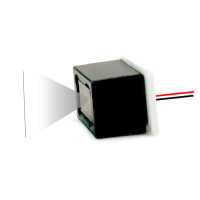
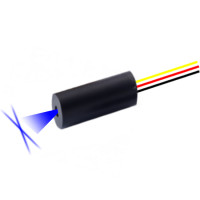








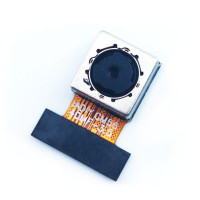
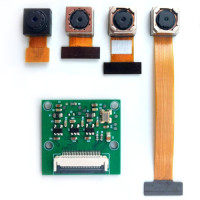









































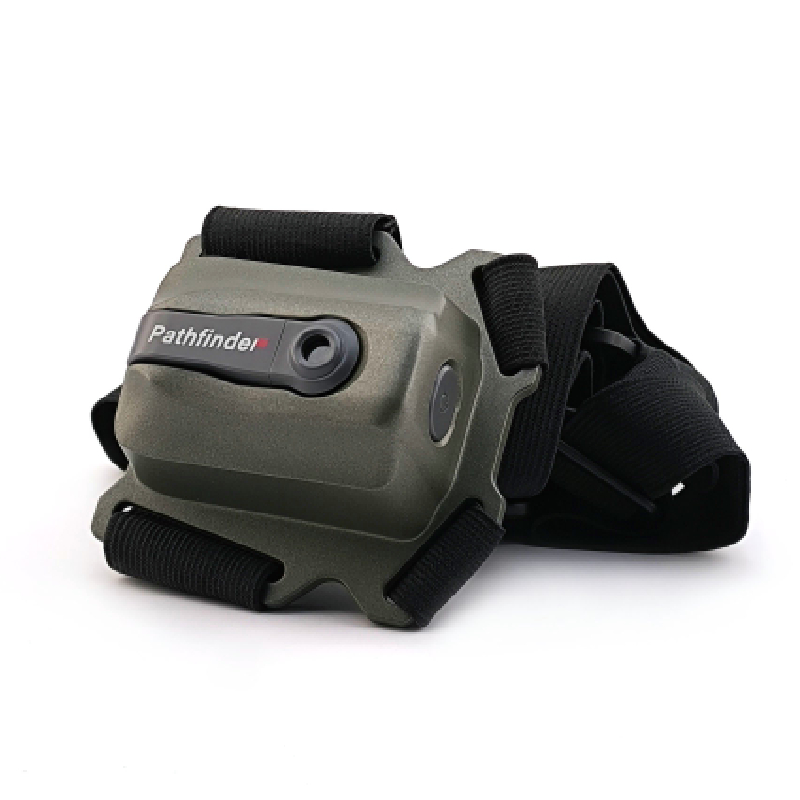



















Leave a Comment